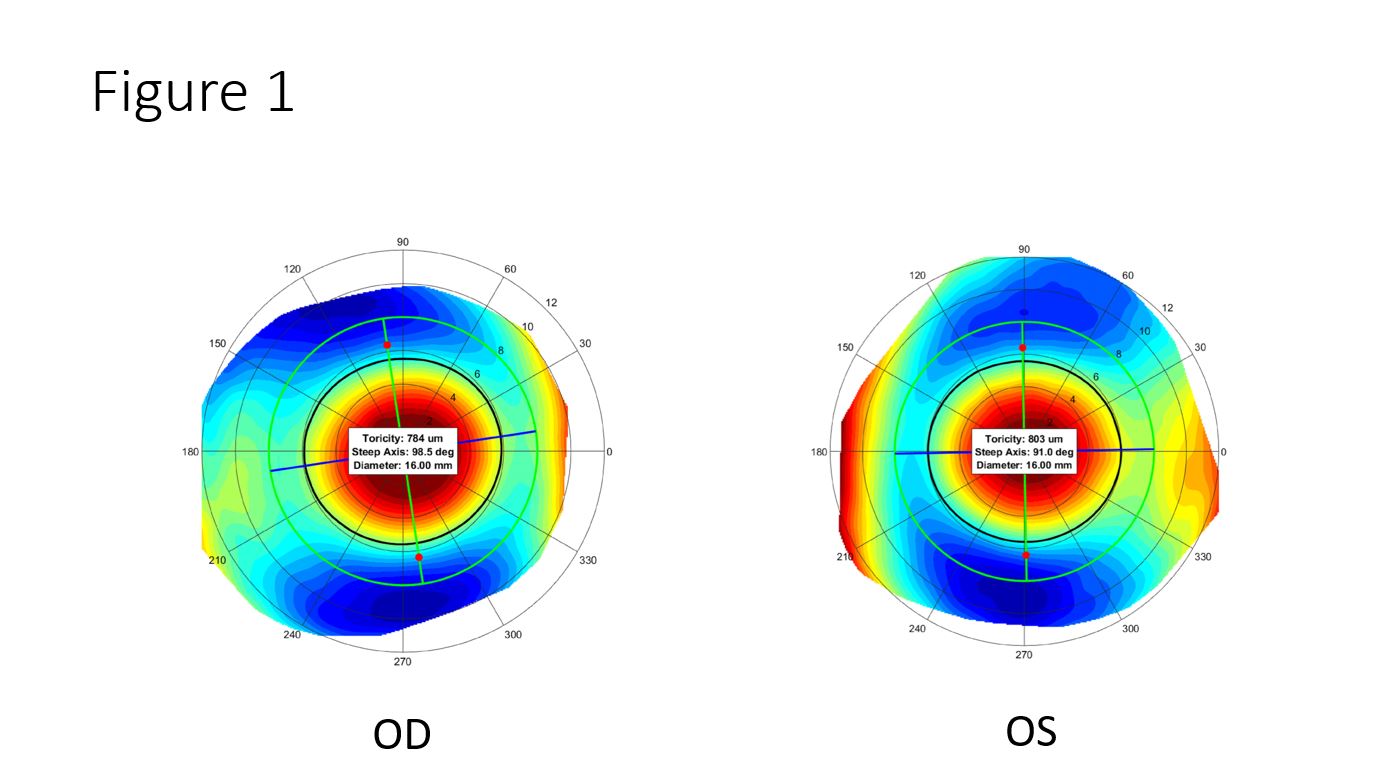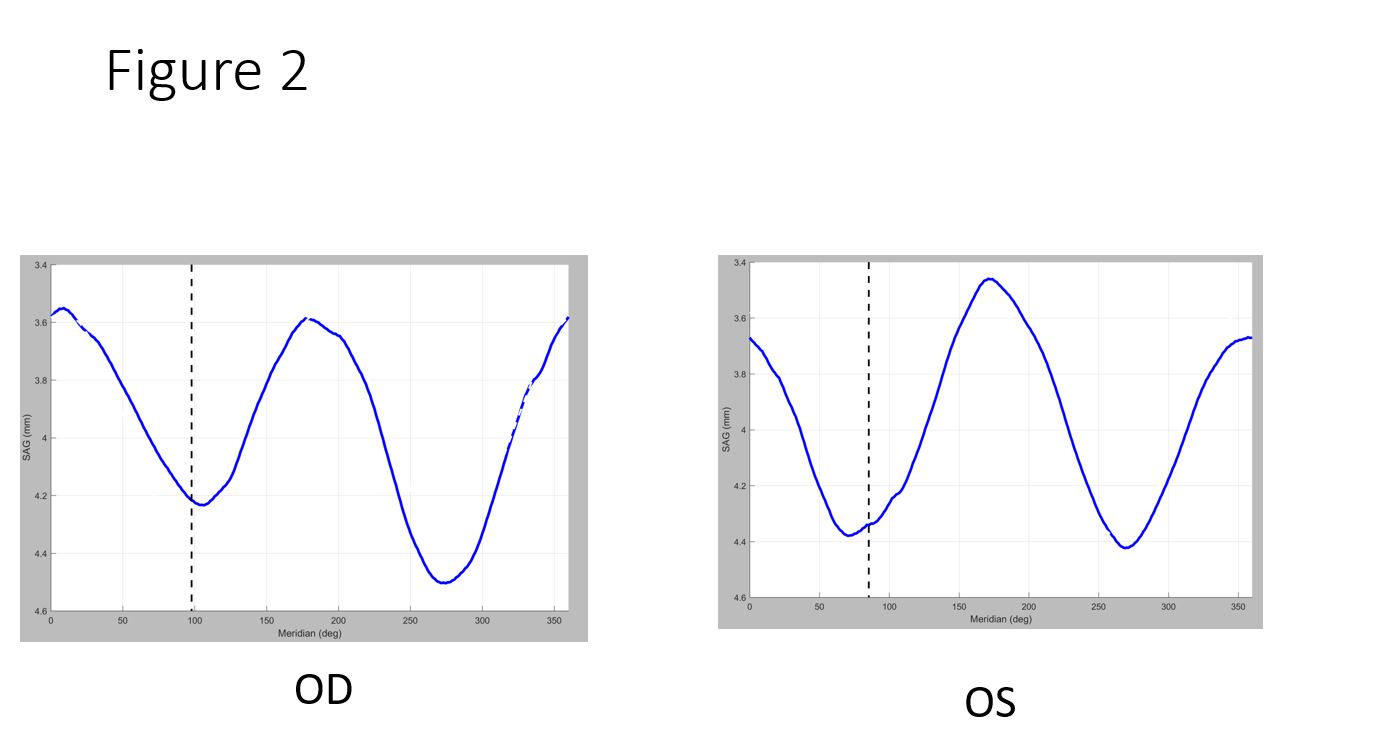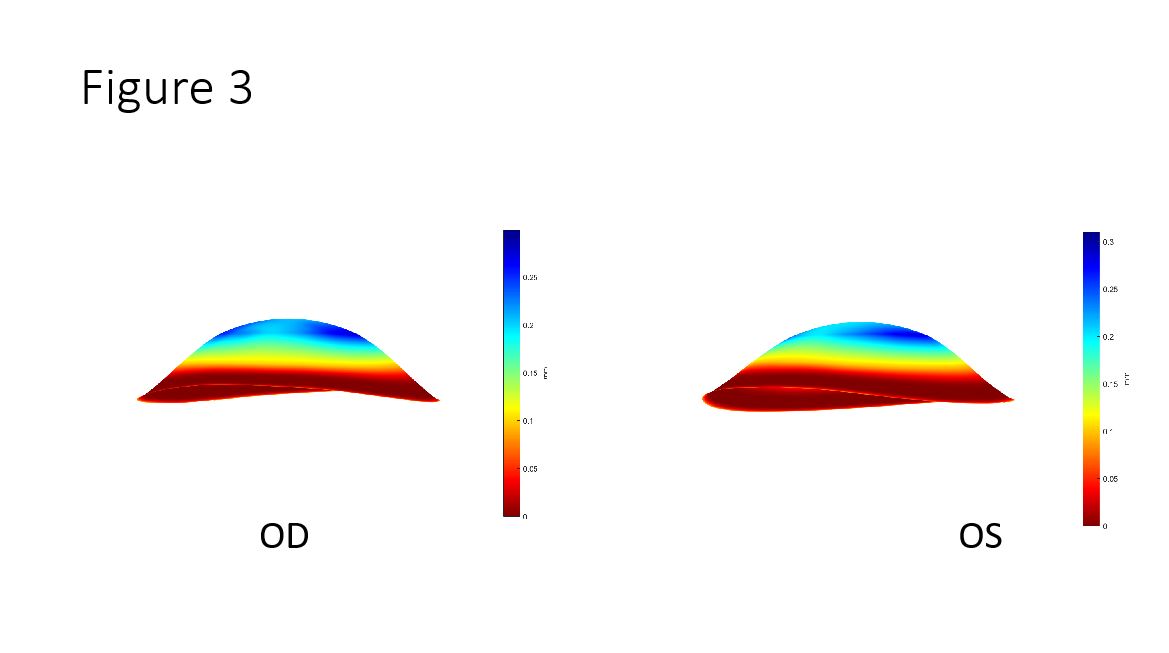Dr. Pass shares how the fitting accuracy of the sMap3D™ has helped him confidently fit patients with challenging scleral lenses.
“At the time that we purchased the sMap3D, I had been fitting large diameter lenses for several years,” said Dr. Pass. “I had a particularly difficult patient that I had struggled with for over a year with no success, and I knew there had to be a better way. When I heard about the sMap3D, we ordered it immediately.”
The Visionary Optics team spoke with Joshua Pass, OD at West Texas Eyecare about why his practice decided to invest in an sMap3D™ and how it has significantly improved fitting success and patient care.
“When I heard about the sMap3D, I was several years into fitting large diameter gas permeable lenses,” said Dr. Pass. “I really enjoyed the modality and had some success in the fitting process but was nowhere nearly as successful as I wanted to be. One day a patient came in from an area about 200 miles away with a magnificently fit 18mm lens on his right eye. He had recently undergone a corneal transplant procedure in Houston and was originally fit by a doctor in San Antonio. I called the doctor, and they mentioned that they used an sMap3D from Visionary Optics. I hung up the phone and ordered the unit the same day.”
Read more about one of Dr. Pass’ patient success stories.
Case Study
The Challenge
A 24-year-old patient with -8.00 refractive cylinder OU really wanted contacts, but custom soft lenses, toric soft lenses, corneal gas permeable lenses, and hybrid lenses did not work for him. We decided to try a large diameter lens, and for more than a year couldn’t even get a lens to stay on his eye long enough to evaluate the fit. His sclera was so toric that any lens I put on would immediately fall off or have massive bubbles – or both. When the sMap3D™ came in, he was the first patient to get scanned.
The Solution
The patient and I were both ready to give up on the fitting process, but the sMap3D™ data showed about 800 microns of scleral toricity at the edge of the lens (see Figures 1-3). And we were able to evaluate and distribute the first set of lenses. It was incredible!
Figure 1: Scleral elevation plots of OD and OS showing approximately 800 microns of scleral toricity with the rule direction for both eyes at 16mm, the edge of the designed lens. Studies by Visionary Optics show that the average scleral toricity in a large series of cases was 200 microns with high toricity cases starting at 300 microns.
Figure 2: Scleral shape plots of OD and OS at a 16mm diameter around the corneal center. The X-axis is meridian in degrees and Y-axis is the eye SAG value with larger SAGs lower down on the graph. OD shows a somewhat asymmetric toric plot with the SAG inferiorly about 250 microns more than superiorly. OS shows a more symmetrical pattern.
Figure 3: Shape of the designed lenses showing an extreme “saddle” shape indicative of high peripheral toricity.
The Results
I love the confidence the sMap3D gives me to fit anyone at any time with a scleral lens. The incredible fitting accuracy of the lenses allows me to have great confidence in the fitting process, giving my patients confidence that they will know very quickly if scleral lenses are right for their lifestyle.
Considering the service and peace of mind that Visionary Optics offers their customers, I could never consider going anywhere else for scleral lenses. I tell anyone that fits scleral lenses without an sMap3D they are absolutely crazy if they fit another lens without Visionary Optics and the sMap3D.





